Affordable Radon Inspection Services for Homes and Buildings
Radon testing is a critical step in assessing indoor air quality and ensuring safety within residential and commercial properties. Radon is a colorless, odorless radioactive gas that can accumulate in buildings, posing health risks over prolonged exposure. Accurate testing helps identify radon levels and determine if mitigation measures are necessary.
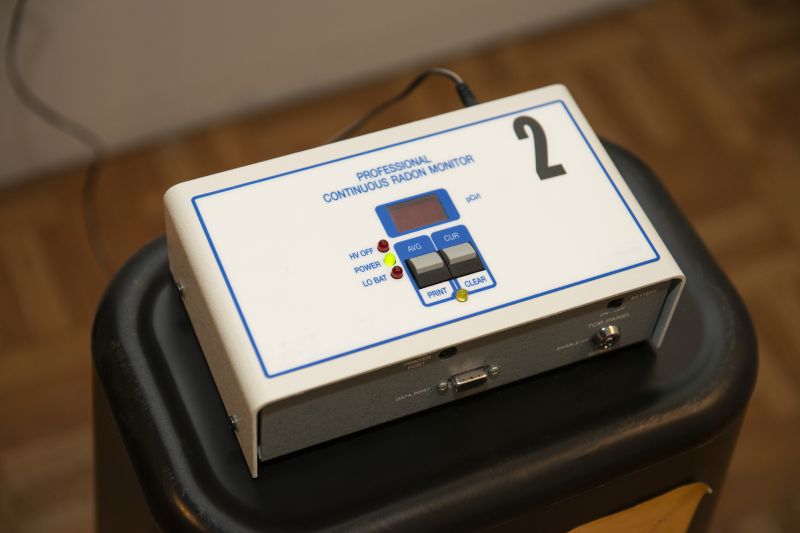
Specialized devices used to measure radon concentrations in indoor environments.

Radon testing performed in homes to evaluate potential health risks for occupants.

Experts installing radon detectors in various parts of a building for accurate readings.
Radon levels can vary significantly based on geographic location, building construction, and ventilation. Testing is recommended in all types of properties, especially in areas known for higher radon prevalence. Early detection through proper testing can prevent long-term health issues associated with radon exposure.
Professional radon testing typically takes between 48 to 96 hours, depending on the method used and the desired accuracy.
The process involves placing radon detectors in strategic locations, monitoring for a specified period, and then analyzing the collected data to determine radon levels.
Professionals ensure accurate placement of detectors, proper calibration, and reliable results, reducing the risk of false readings and ensuring health safety.
Professional radon testing involves careful placement of measurement devices, typically in lower levels of a building where radon tends to accumulate. After the testing period, experts analyze the data to provide clear, actionable results. This process helps property owners make informed decisions about mitigation if necessary.

Finished testing setup in a basement area, ready for data collection.
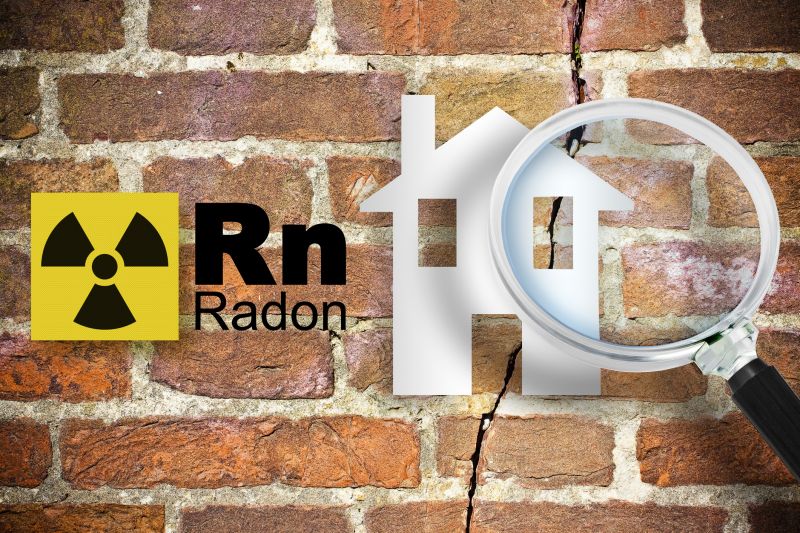
Detectors positioned in living spaces to monitor radon levels accurately.
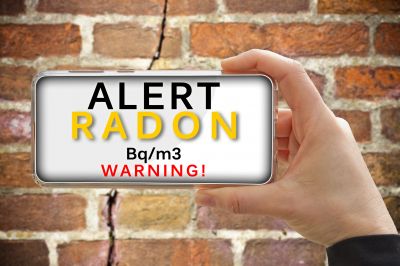
Results displayed on a digital device, showing radon concentration levels.
Properly conducted radon testing provides vital information about indoor air quality and potential health risks. Regular testing is recommended, especially after renovations or if living in areas with known radon issues. Ensuring accurate results depends on the expertise of trained professionals who understand the nuances of radon measurement.
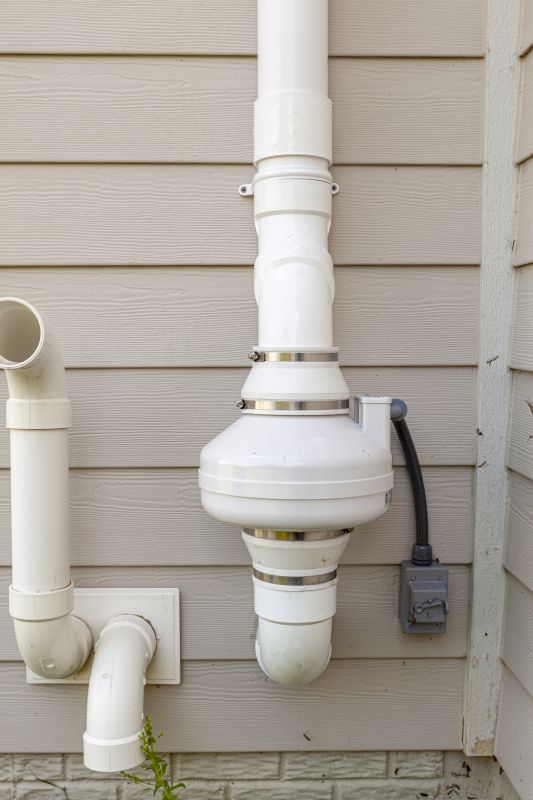
Technicians installing systems to reduce radon levels in a home.
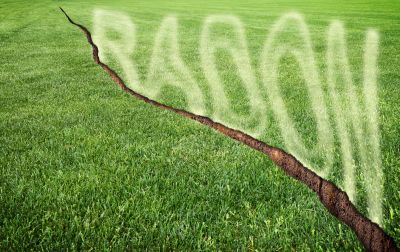
Testing conducted in a sealed basement to ensure accurate radon measurement.
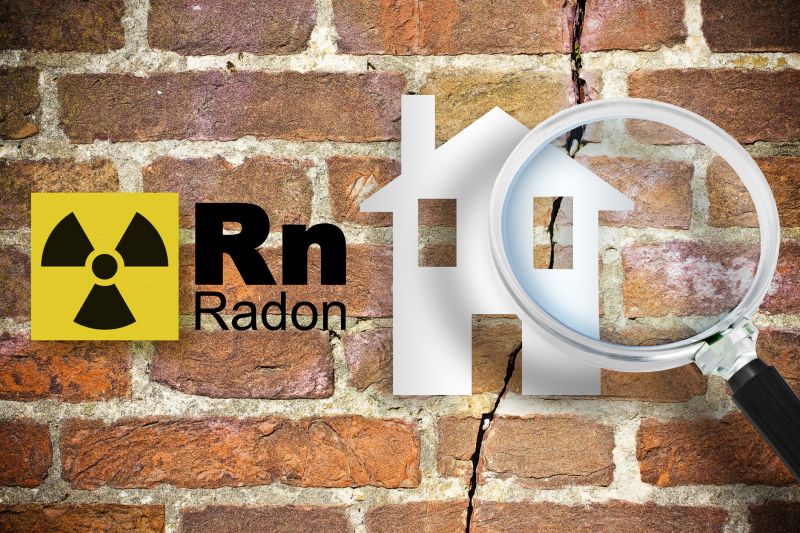
Follow-up testing to verify radon levels after mitigation measures are implemented.
Monitoring radon levels over time and conducting follow-up tests can help verify the effectiveness of mitigation systems. Proper testing and mitigation strategies are essential for maintaining healthy indoor environments and reducing long-term health risks associated with radon exposure.
For those interested in assessing radon levels within a property, filling out the contact form can provide access to professional testing services. Accurate testing and expert analysis are key to ensuring indoor air safety and making informed decisions about necessary mitigation actions.
